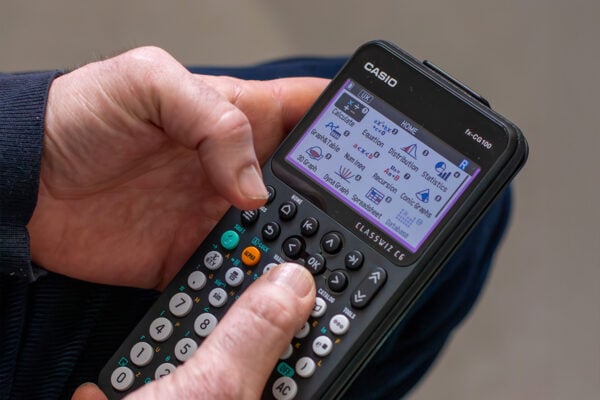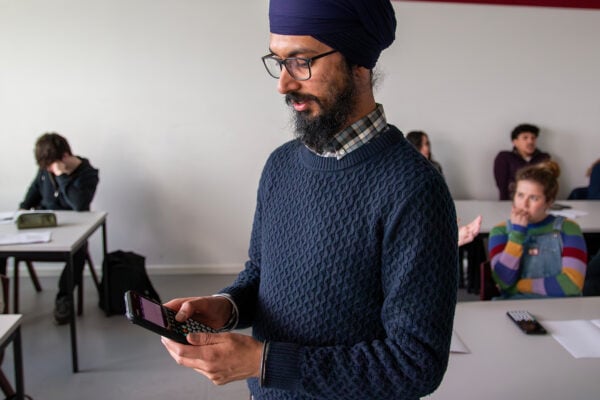Rugby World Cup in Japan: Where did it all begin for Casio?

The 2019 Rugby World Cup has kicked off in Japan; the first time the country has hosted the event. And, being a Japanese company, it’s made us reflect on where it all began for us here at Casio.
Four hundred thousand dedicated fans are expected to flock to Japan for the World Cup, a country with proud traditions, famous for its incredible culture and, of course, a history of product innovation. With this in mind, we’d like to share a brief history of where it all began for Casio Calculators.
The Founder: Tadao Kashio
Casio was founded in 1946 by a man called Tadao Kashio. At the time, the company was called Kashio Seisakujo. It wasn’t until 1957 that the name changed to Casio Computer Co Ltd.
Tadao Kashio was an engineer, specializing in fabrication technology. Interestingly, Kashio’s first invention was worlds away from the intelligence of the products we know today, but savvy nonetheless. His first significant invention was called the ‘Yubiwa pipe’. It’s a finger ring, which allowed smokers to smoke their cigarettes down to the nub without having to hold the cigarette with their fingers.
Following World War II, cigarettes were a luxury item in Japan. The invention was, therefore, a huge success.
It all began with the calculator
Although Casio is now a well-renowned brand for a variety of different products, the calculator was the first real breakthrough into the world of technology. After seeing the electric calculators at the first Business Show in Ginza, Tokyo in 1949, Kashio used his profits from the success of the Yubiwa pipe to start a brand of calculators. Believe it or not, the majority of the calculators in 1949 were operated by hand, using a crank or a motor. Toshio knew that he could produce something better and possessed a strong understanding of electronics, so he set out to invent a calculator which used solenoids (a type of electromagnet).
The invention of the desk-sized calculator
The desk-sized calculator prototype was completed in 1954 and became Japan’s first electro-mechanical calculator. One of the most vital innovations was its adoption of the 10-key number pad. At that time, other calculators were using a full keypad, meaning that each place in the number (1s, 10s, 100s, etc. ) had nine keys. Another distinguishing feature of the invention was the use of a single display window, instead of the three display windows (one for each argument and one for the answer), used in other calculators. This step was a huge breakthrough and enabled the design and development of calculators as we know them today.
Wrapping up
This post is not just a reflection on a world-leading understanding of electronics and the creation of a new invention. It also reminds us of the vision that enabled a significant change in the way maths is taught and learned around the world. Casio continues to push standards all around the world when it comes to technology but remains humbled by the country where it all began.
Here at Casio, we would like to wish all the teams in this year’s Rugby world cup the best of luck.



